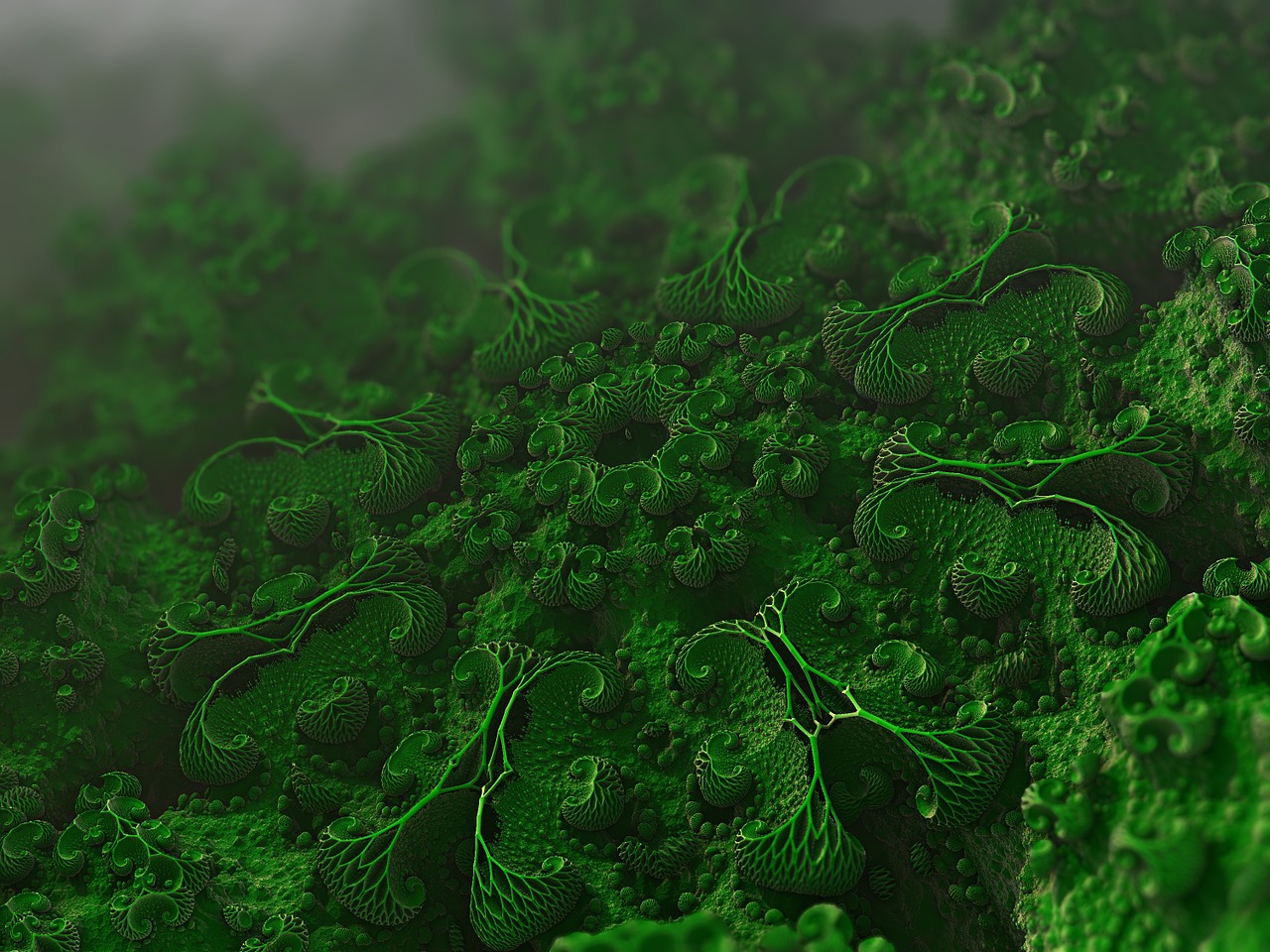Living Soils: The Role of Microorganisms in Soil Health
Author: Christopher Johns | Published: June 20, 2017
Soil fertility comprises three interrelated components: physical fertility, chemical fertility and biological fertility. Biological fertility, the organisms that live in the soil and interact with the other components, varies greatly depending upon conditions and it is highly complex and dynamic. It is the least well-understood fertility component. In addition to soil fertility, soil microorganisms play essential roles in the nutrient cycles that are fundamental to life on the planet. Fertile soils teem with soil microbes. There may be hundreds of millions to billions of microbes in a single gram of soil. The most numerous microbes in soil are the bacteria, followed in decreasing numerical order by the actinomycetes, the fungi, soil algae and soil protozoa.
Analysis
Introduction
In July 2015, FDI published a Strategic Analysis Paper entitled Under Our Feet: Soil Microorganisms as Primary Drivers of Essential Ecological Processes. Since the publication of that article there has been a moderate trend toward the study of soils holistically rather than the detailed study of soil components in isolation. Holistic study is particularly pertinent to an understanding of soil microbiology. Microorganisms are not only directly influenced by fundamental soil characteristics such as moisture, oxygen and chemistry but also by each other in both beneficial and predatory ways. By becoming holistically aware of the fundamental importance of soil organisms and then developing and understand how biological processes in soil are influenced by changes in the soil environment, we can learn how to manage soil in a way that enhances the benefits provided by soil organisms.
The information to follow draws largely from the referenced title above. It is present here to outline the complexity and variety of soil microbiology and to propose a more holistic approach to soil research and management.
Soil fertility, or its capacity to enrich natural and agricultural plants, is dependent upon three interacting and mutually dependent components: physical fertility, chemical fertility and biological fertility. Physical fertility refers to the physical properties of the soil, including its structure, texture and water absorption and holding capacity, and root penetration. Chemical fertility involves nutrient levels and the presence of chemical conditions such as acidity, alkalinity and salinity that may be harmful or toxic to the plant. Biological fertility refers to the organisms that live in the soil and interact with the other components. These organisms live on soil, organic matter or other soil organisms and perform many vital processes in the soil. Some of them perform critical functions in the nutrient and carbon cycles. Very few soil organisms are pests.
Of the three fertility components, it is the microbiological element, the rich diversity of organisms such as bacteria, viruses, fungi and algae that form interactive microbial communities, that are the most complex and, paradoxically, the least well-understood. A near decade-long collaboration between the CSIRO and the Bio-platforms Australia company ranks the understanding of soil microbial communities as important as mapping the galaxies in the universe or the biodiversity of the oceans. It provides an opportunity to discover new species currently unknown to science. Soil microbial communities underpin the productivity of all agricultural enterprises and are primary drivers in ecological processes such as the nutrient and carbon cycling, degradation of contaminants and suppression of soil-borne diseases. They are also intimately involved in a range of beneficial and, at times essential, interrelationships with plants.
Definition
Soil microbiology is the study of organisms in soil, their functions and how they affect soil properties. Soil microorganisms can be classified as bacteria, actinomycetes, fungi, algae, protozoa and viruses. Each of these groups has different characteristics that define the organisms and different functions in the soil it lives in. Importantly, these organisms do not exist in isolation; they interact and these interactions influence soil fertility as much or more than the organism’s individual activities.

